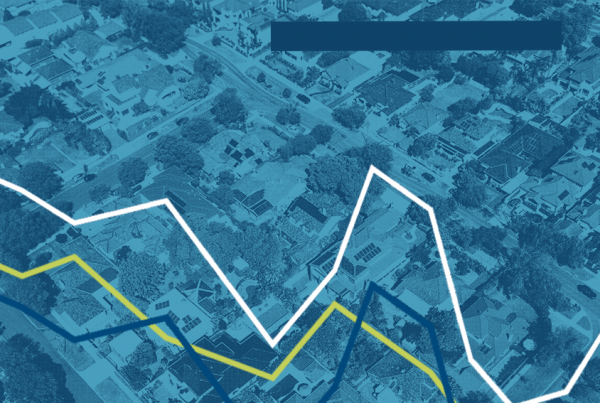At its May 2023 meeting, the Federal Reserve raised the Fed funds rate – the amount banks pay to borrow money from each other overnight – by another quarter point, equal to each of the two increases it instituted earlier this year. This was the Fed’s 10th rate hike since the beginning of 2022, which lifted the benchmark federal funds rate to its highest level in more than 15 years.
Some experts believed that recent encouraging inflation data might prompt the Fed to pass on raising the rate for now. But the continued resiliency of the labor market, combined with yet another bank failure, likely contributed to the Fed’s latest decision, which went against calls from some lawmakers and economists to tap the brakes and allow the ailing banking sector to rebalance.
Looking ahead to the Fed’s next meeting in June, the expectation is that pauses in rate increases will finally kick in. But that prediction is contingent on a more significant cooling of inflation and a stabilization of the banking situation.
What does the higher Fed funds rate mean to mortgage rates?
As we have pointed out in previous blogs about Fed rate increases, the Federal Reserve technically doesn’t determine mortgage rates. The rate of inflation has a much more direct impact on them, however. Smaller Fed funds rate increases – and especially pauses in those increases – mean inflation is slowing, which generally sends mortgage rates downward.
If you’re looking to buy a home, there are steps you can take to get an even lower rate in today’s market. One of them is the option of a Temporary Buydown that allows you to enjoy reduced payments at the beginning of your Conventional Conforming, FHA, VA, or Jumbo mortgage.
Remember: unlike the Fed rate, mortgage rates change daily and sometimes hourly. They still occasionally go down, despite the direction of the Fed rate and often in tandem with the rate of inflation.
The best way to navigate interest rates on home loans is to speak with a Homeowners Licensed Mortgage Professional about current market conditions. In any market situation, we’re here to help you understand the rates that are available to you and get the best possible pricing on your next home loan.




